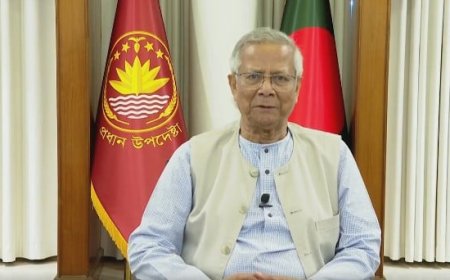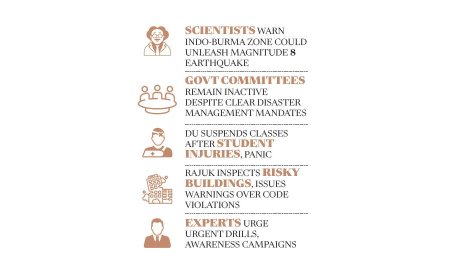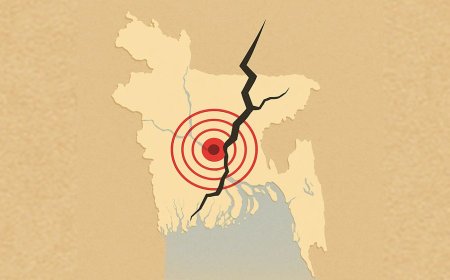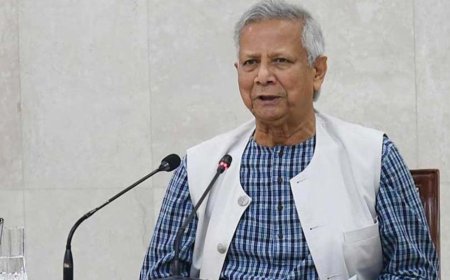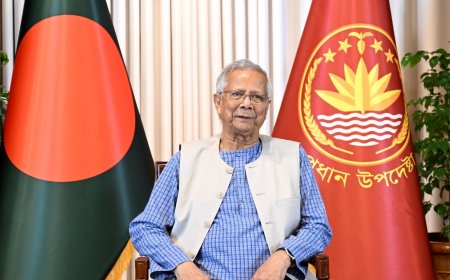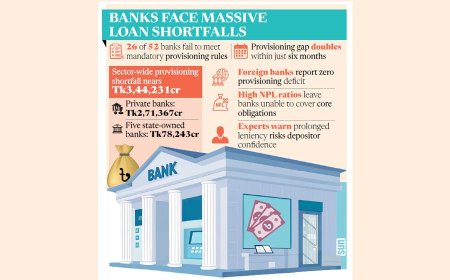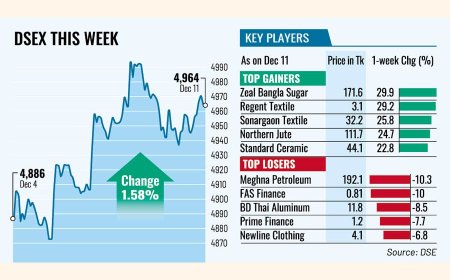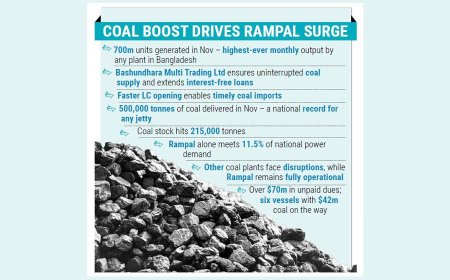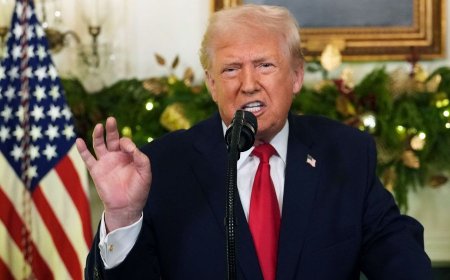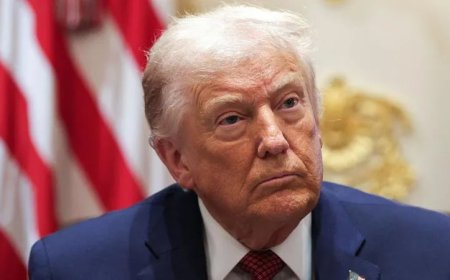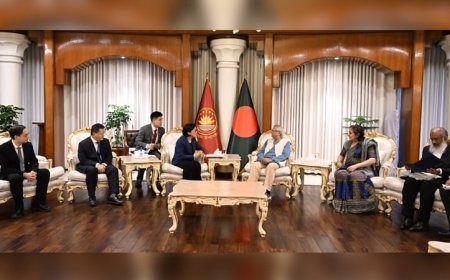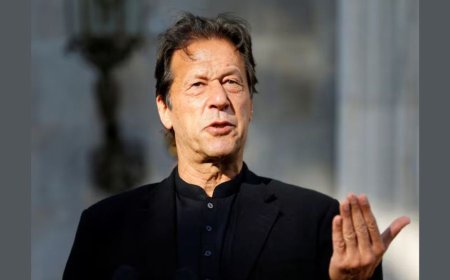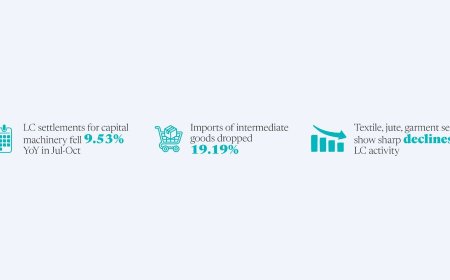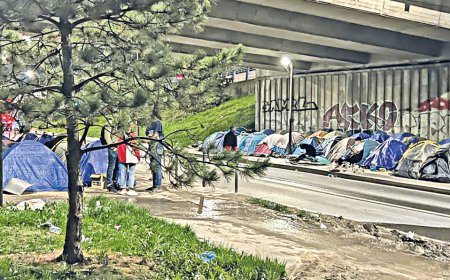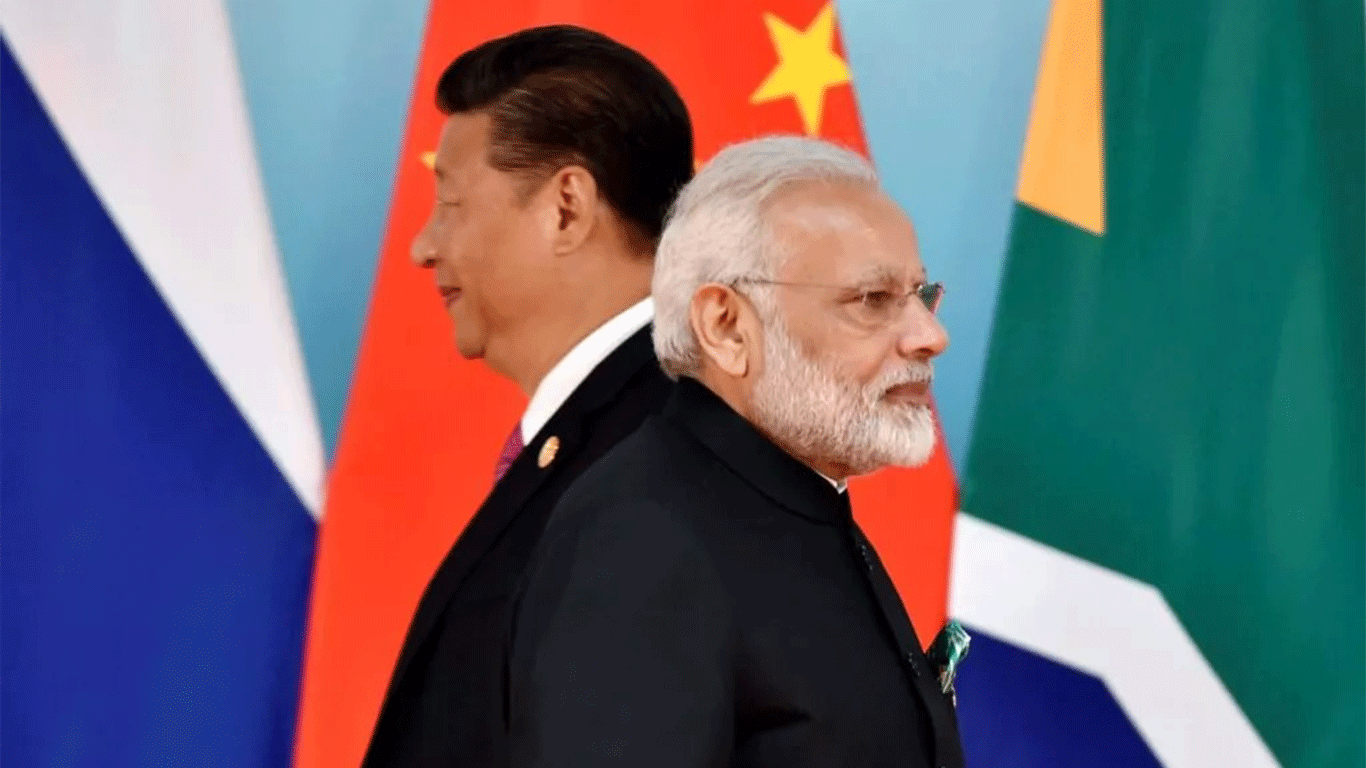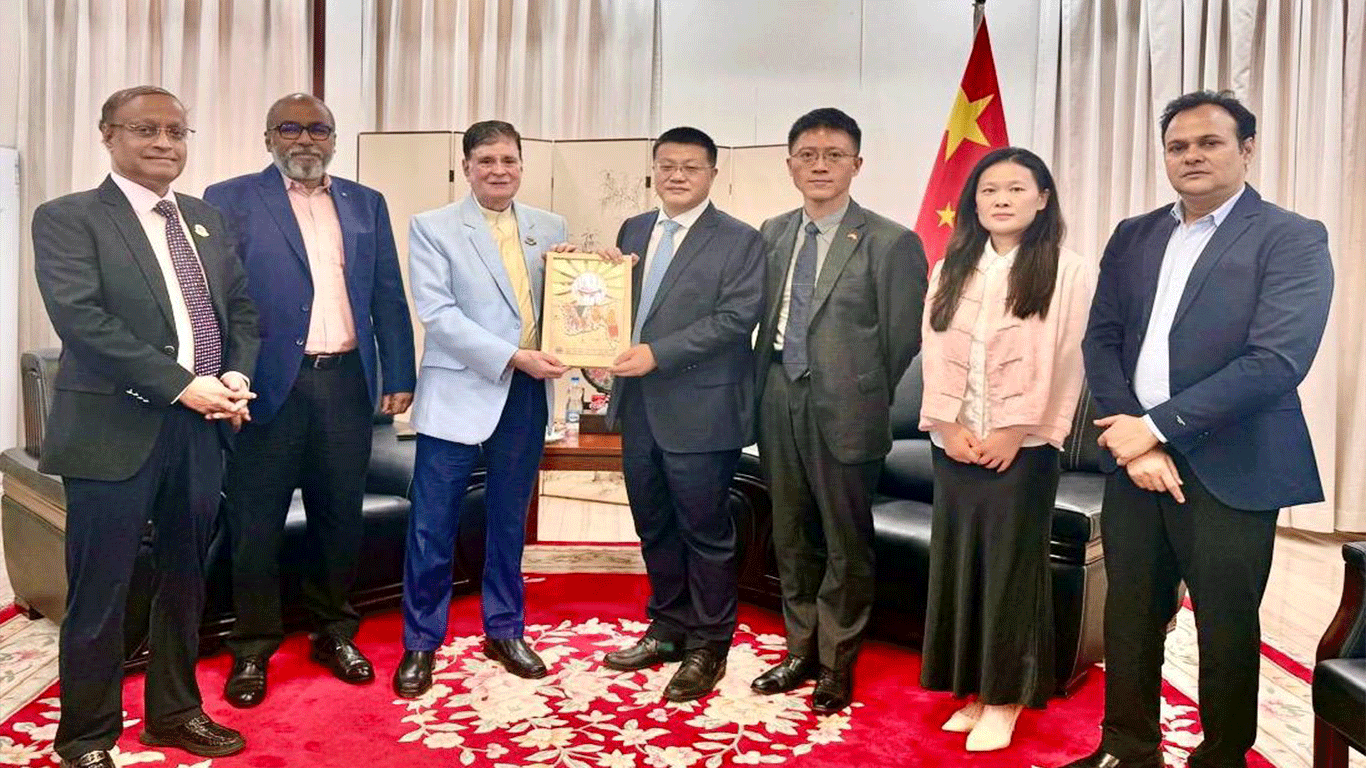The US and China have reached an agreement to ease export restrictions and maintain the existing tariff truce
The US and China have reached an agreement to ease export restrictions and maintain the existing tariff truce.

US, China Strike Framework Deal to Revive Trade Truce and Ease Export Curbs
US and Chinese officials announced Tuesday that they have reached a framework agreement to revive their stalled trade truce and lift China’s export restrictions on rare earth minerals—though the deal offers little indication of a lasting solution to deep-rooted trade disputes.
Following two days of intense negotiations in London, US Commerce Secretary Howard Lutnick said the new framework gives substance to the consensus reached last month in Geneva, which aimed to ease steep bilateral tariffs. The Geneva pact had faltered after China maintained curbs on exports of key minerals, prompting retaliatory US export controls on semiconductor-related goods.
While Lutnick said the new deal would remove some recent US export restrictions, he declined to provide specifics after the talks wrapped up late Monday night in London.
“We’ve reached a framework to implement the Geneva consensus and the outcome of the recent call between our two presidents,” Lutnick told reporters. “We’ll now return to President Trump for approval, while they consult President Xi. If both agree, we’ll proceed with implementation.”
China’s Vice Commerce Minister Li Chenggang echoed this, stating that both sides had reached a framework “in principle” to enact the consensus from the June 5 phone call and Geneva talks.
While the framework may prevent the Geneva agreement from collapsing under dueling export controls, it falls short of resolving the fundamental disputes—especially over the US’s unilateral tariffs and longstanding concerns about China’s state-led economic practices.
“The parties are essentially back at square one—but that’s better than square zero,” said Josh Lipsky, senior director at the Atlantic Council’s GeoEconomics Center. He noted that both sides interpreted the Geneva agreement differently and needed to clarify expectations and actions.
The two countries now have until August 10 to negotiate a broader, more durable deal—or risk a tariff snapback. If talks fail, US tariffs could jump from roughly 30% to 145%, while Chinese rates could rise from 10% to 125%.
Markets responded cautiously. The MSCI Asia-Pacific index outside Japan edged up 0.2%. “Investors are waiting for real detail,” said Chris Weston of Pepperstone in Melbourne. “What matters is how much rare earth material reaches the US, and how freely US-made chips can flow to China.”
Rare Earths at the Center
Lutnick said lifting China’s curbs on rare earths and magnets—a key input for electric vehicle motors—was a “fundamental” part of the deal. In return, the US is expected to roll back some of the export limits it imposed in response.
“These moves will happen in a balanced way, as President Trump indicated,” Lutnick said.
Tariffs imposed by Trump have rattled global supply chains, inflated costs, and disrupted trade, with the World Bank on Tuesday cutting its global growth outlook for 2025 to 2.3%, citing trade frictions as a major risk.
Still, investor sentiment has improved since the Geneva reset. A rare phone call between Trump and Xi last week also helped move the negotiations forward, Lutnick confirmed.
Meanwhile, new customs data showed Chinese exports to the US dropped 34.5% in May, the steepest decline since the start of the COVID-19 pandemic. While the impact on US inflation and jobs has been limited, tariffs have dented business confidence and weighed on the dollar.
Lutnick was joined in London by US Trade Representative Jamieson Greer and Treasury Secretary Scott Bessent, who returned to Washington early to testify before Congress.
China’s dominant position in the global rare earths market—combined with its April suspension of critical mineral exports—has deeply disrupted supply chains. In response, the US halted shipments of semiconductor design software, chemicals, and aviation equipment in May, and revoked previously issued export licenses.
Adding to the uncertainty, a US appeals court on Tuesday allowed Trump's most sweeping tariffs to remain in place while a legal challenge continues, preserving a key pressure point in the ongoing trade standoff.
What's Your Reaction?








